Before I turned my attention today to my weekly blog posts, I came across a video shared with me by a friend that made me shake my head in awe. The video is a time lapse–showing a variety of mushrooms popping out of the ground and growing umbrella tops and stems. It is mesmerizing, not to mention informative as the narrator speaks about a world most of us are unfamiliar with. So that got me started doing more research and I decided to share what I’ve learned.
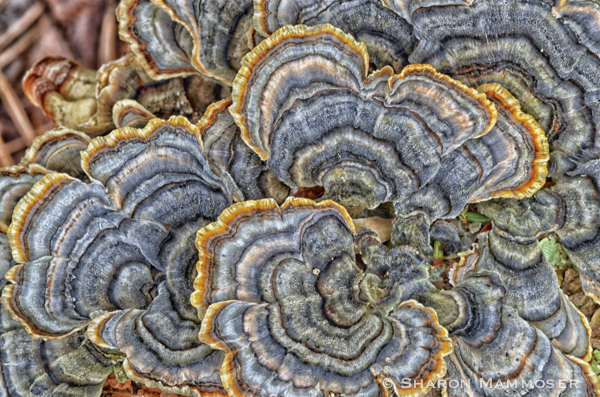
But first, check out the video that got me on this track in the first place. See if you agree with me as to it being amazing.
So if you’re like many of us, you might not know much about fungi, even though life as we know it would not be the same without this large group. Amazing but true. Let’s explore 10 things you may not know about this subject.
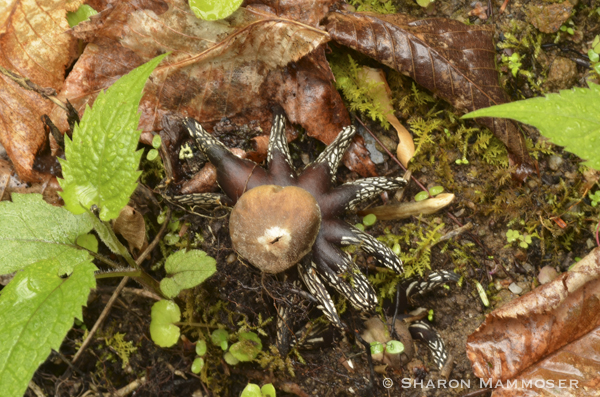
1.First of all, let’s be sure we’re all on the same page about what it is we’re talking about. Fungus is defined as any member of the fungi kingdom, including yeasts, molds and mushrooms. (Mushrooms by the way are just the fruiting bodies–the spore-producing parts– of a fungus. They come in many, many shapes, colors and sizes.) If you’ve ever eaten bread, cheese or soy sauce, drank wine or beer, taken penicillin, used flavorings in cooking, feasted on mushrooms, had ringworm or athlete’s foot, you have, perhaps unknowingly, sampled, relied on or been affected by fungi.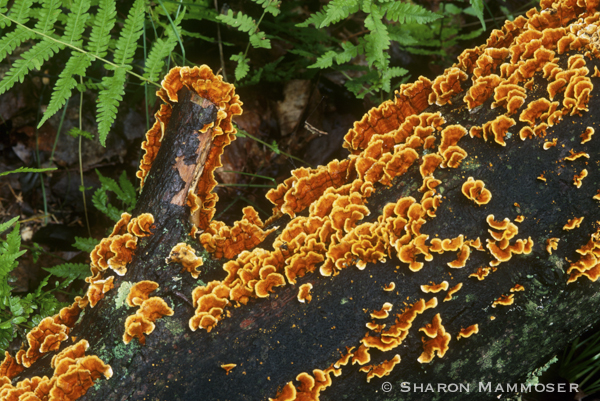
2. Fungi are super important in human medicine. According to Fungal Biology, “They are used in more than 10 of the 20 most profitable products in human medicine.” These include two of our anti-cholestrol statins and the antibiotic penicillin.
3. Fungi are not animals or plants. Instead, they are so unique that biologists have put them in their own category–the Fungi, a group that contains more than 1.5 million different kinds! Fungi contain no chlorophyll–unlike plants–for photosynthesis, relying instead on their hosts for their nutrition. To gain nutrients, fungi “dig” into their food source–be it wood, leaves, plants, animal droppings, dead animals, fruit, bread–with microscopic threads called hyphae. Then they release chemicals that break down the food so the fungi can digest it.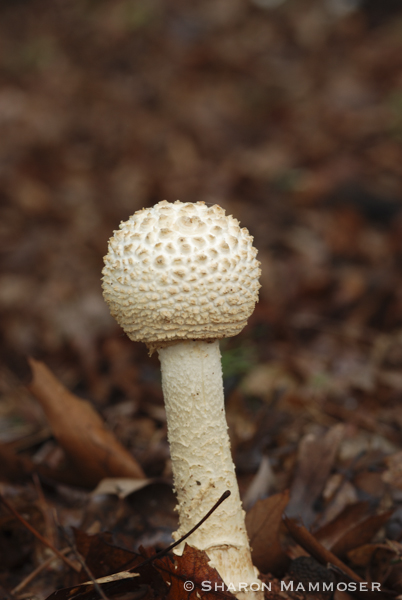
4. Speaking of their hosts, fungi may have many different relationships with their hosts. In the simplest terms, some relationship are mutualistic, where both sides benefit. Examples include the relationships fungi have with many trees and plants whereby the tiny filaments of the fungi–called mycelium–gain nutrients from the plant and in return, offer the plant a more efficient way to gain water and important nutrients from the soil. Other relationships are parasitic whereby the fungi harms or kills the host. Ringworm, athlete’s foot and even Dutch Elm disease fall into this category.
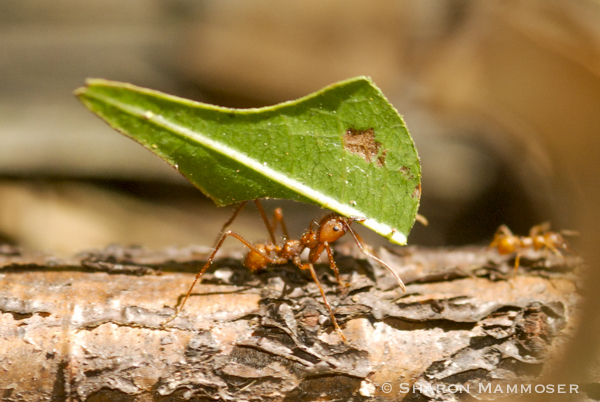
5. Some animals have developed complex relationship with fungi. For instance, there are some ants and termites that actually grow very specific kinds of fungi on beds of leaves in their nests. The insects weed out other fungi that start to grow. They provide food (leaves) and moisture for the fungi, in turn feeding the fungi to their larvae.

6. Most of Fungi are a hidden kingdom. The mycelium is usually hidden in soil, wood and even water. A single mycelium may fill the tiny body of an ant, or may cover a large number of acres. The branching filaments–called hyphae–may grow over a half mile in just one day! It is only when a mushroom, puffball, bracket fungus or other recognizable fruiting body pops out of the earth that we notice them.
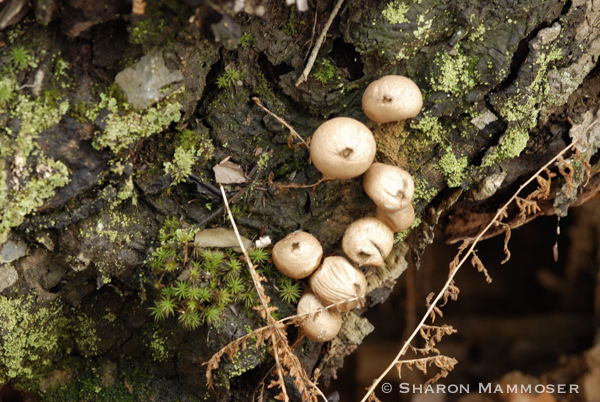
7. Fungi play an essential role in our ecosystems and life could not exist without them. In forests they make up 90% of living things (by mass) and on agricultural land–50%.
8. As I mentioned earlier, mushrooms are the fruiting bodies of fungi and take many forms. Regardless of their appearance, all produce spores for reproduction. The spores of mushrooms are made of chitin–which is the hardest naturally-made substance on earth. Spores from some mushrooms can be dormant for decades–or more!–and still be capable of growing under the right conditions.
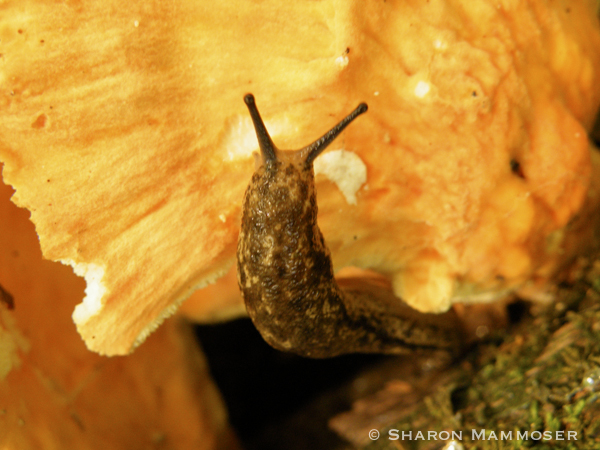
9. Just because an animal eats a mushroom and lives doesn’t mean the mushroom is safe for human consumption. Slugs can eat the fearsome death cap mushroom with no harm done. Other animals also feed on fungus, including wild boar, deer, squirrels and other rodents, bears, rabbits, turtles, snails.
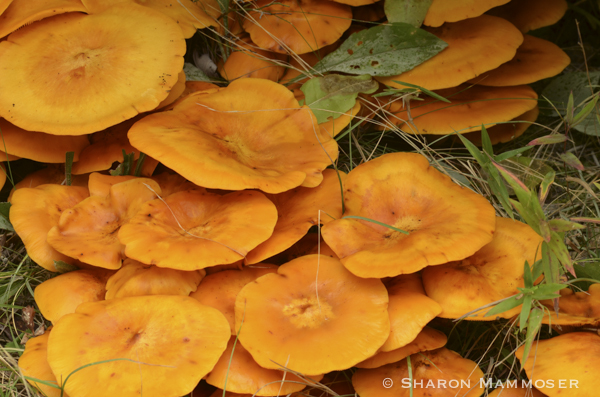 10. There are 60 different kinds of fungi that emit light from their bodies. This is called bioluminescence. Have you ever seen it? Oh, my gosh, it is incredible! You might be walking through the woods at night and spot a glowing stump or what looks like tiny lights glowing on the ground. This is amazing! A fungus called Foxfire is one of these bioluminescent fungi.
10. There are 60 different kinds of fungi that emit light from their bodies. This is called bioluminescence. Have you ever seen it? Oh, my gosh, it is incredible! You might be walking through the woods at night and spot a glowing stump or what looks like tiny lights glowing on the ground. This is amazing! A fungus called Foxfire is one of these bioluminescent fungi.
Well that’s it! I hope you learned as much as I did about the fabulous world of fungus. Such an interesting subject.

